Outtakes, Known Unknowns, and a Problem with the Archive
Written by graduate student assistant, Erna Anderson. This exhibit is on view in the Swem Library lobby through April 1, 2021.
[[Content warning: This post discusses blackface and gender impersonation.]]
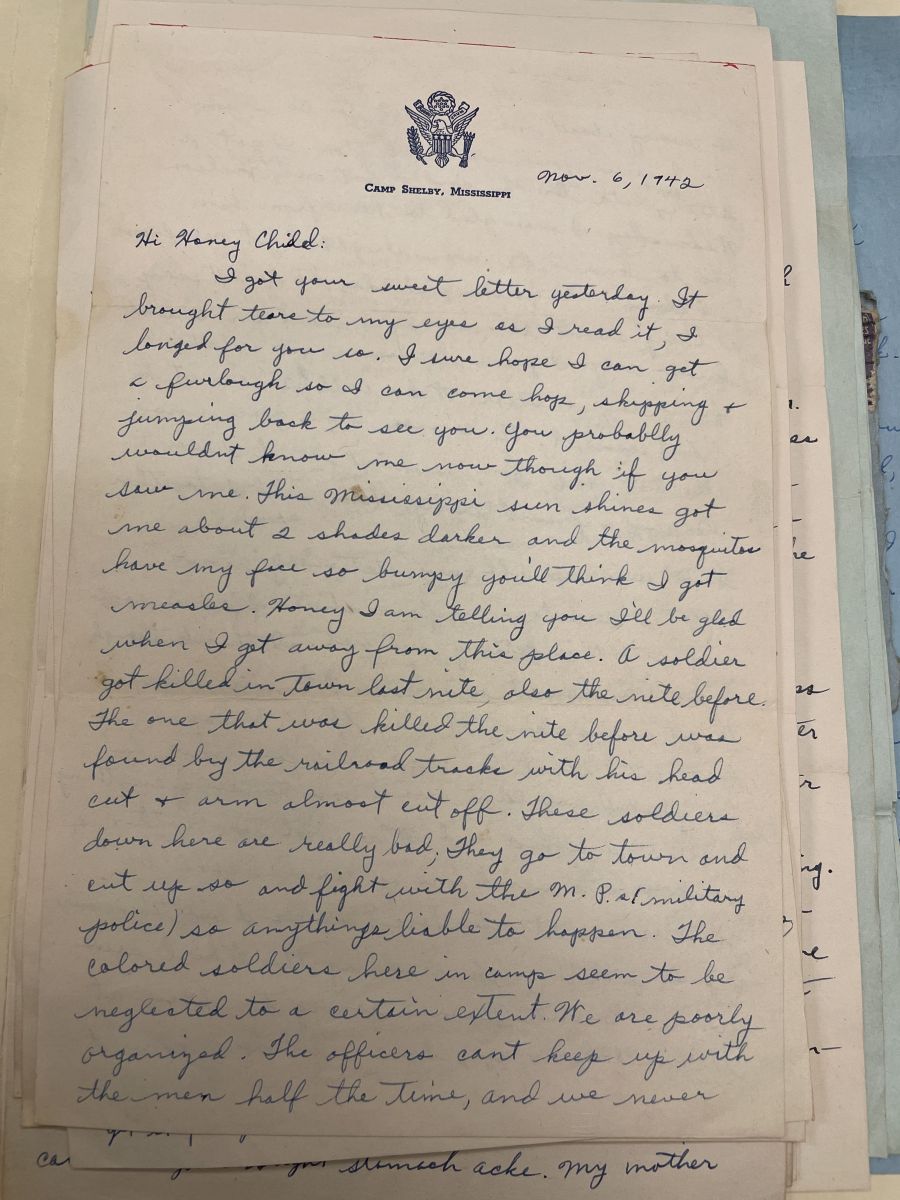
Gertha Sykes Collins Papers, Mss. Acc.
2011.487
In preparation for our exhibit, On Simple Joys, Private Lives, and Monumental Days: Shining a Light on the Everyday Lives of Black Americans, we went through our archives in search for letters, albums, and ephemera that would enable us to tell the stories about the lives of more unknown or unremembered Black Americans and how they expressed joy, love, and happiness. As with everything, what we found turned out to be more complex than anticipated.
The letters soldier Jim Dansby wrote to his girlfriend, Gertha Sykes (Gertha Sykes Collins Papers, Mss. Acc. 2011.487), contain declarations of love and wishes for them to soon be together, but he also writes about the racism and violence he and other Black soldiers experienced during training. For example, on November 6, 1942, he writes, “Honey I am telling you I’ll be glad when I get away from this place. A soldier got killed in town last nite, also the nite before.”[1] Archival research shows us that for many, love and fear exist in tandem, and it is both brave and revolutionary to express love in times of abject danger. It must be noted that these letters have been used in articles to discuss racism and violence in the military, but Jim’s simple and earnest words of love have hitherto remained in our archives. Centering our focus on Black pain in scholarship, research, and exhibitions, especially as it connects to racism, presents an incomplete and over-simplified idea of the everyday lives of Black Americans.
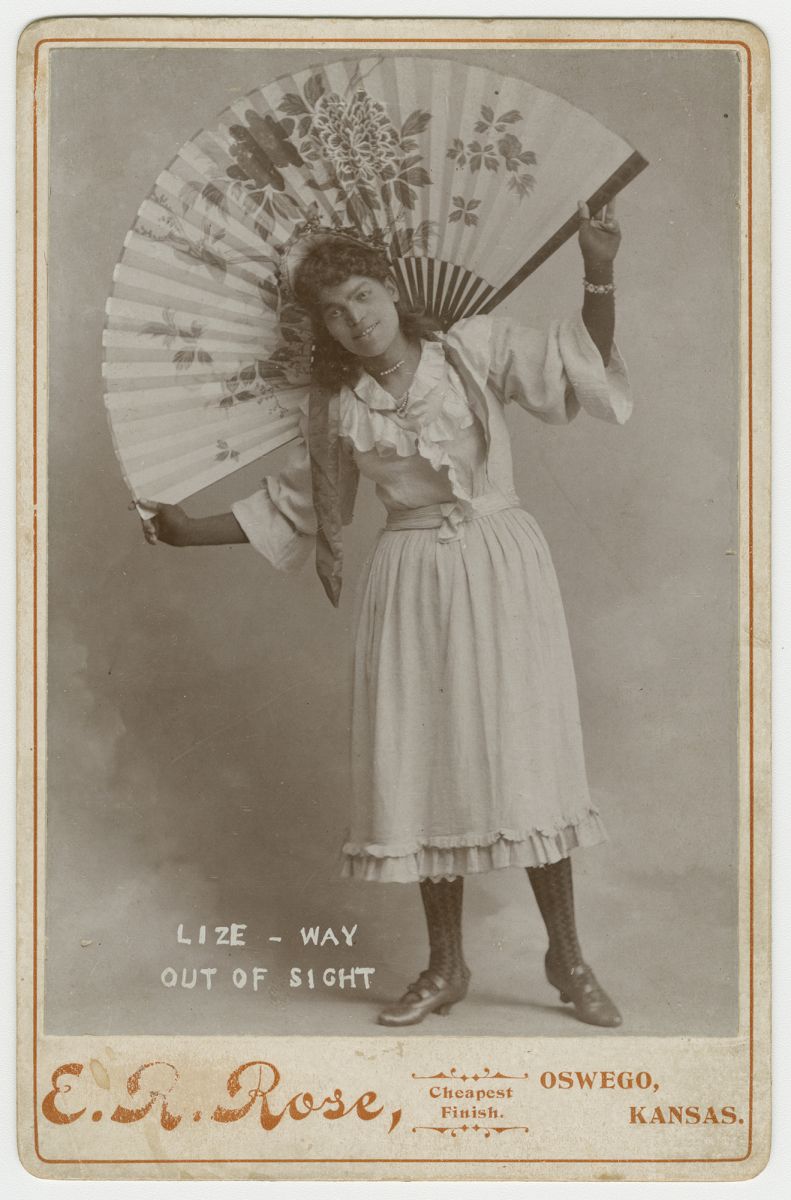
Other challenges arose when selecting material for this exhibit, namely between how a person lived in the past and how their actions can be interpreted in the present. A photograph of Pete and Lize dancing (African American Cabinet Cards, Mss. 00066) was chiefly selected because it showed a late-nineteenth-century, stylish, young Black couple. When gathering information on the two, we soon learned that they were traveling performers, mainly for medicine shows, and Lize was portrayed by Eddie B. Love, a “female impersonator.”[2] Further archival research revealed that Eddie B. Love married Mattie Carpenter in 1893.[3] Presumably, Pete and Lize stopped touring in 1897, and audiences were more interested in the return of Lize rather than Pete.[4]
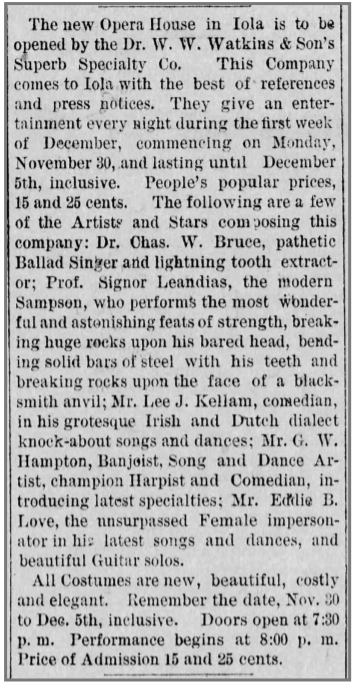
Sharon R. Ullman explains that female impersonators in America originated from minstrel shows, in which white men in blackface performed racist stereotypes of Black men and women.[5] Over time, female impersonators would start appearing in Vaudeville performances, and at the time, it was argued that men were more skilled at portraying women than were women.[6] While female impersonators were very popular acts and the highest paid performers,[7] homophobia rendered their lives off-stage dangerous and illegal.[8] There is an added dynamic that comes with Black men being female impersonators for a largely white audience. Feminizing Black men as a way to make them appear less threatening and more palpable for white people remains a common trope in American films to this day. Black men playing Black women for comedic effect makes Black men appear less threatening for a white people while simultaneously enforcing notions of misogyny, thereby maintaining a hierarchy of oppression. This is however arguably not the case with Eddie B. Love, as Lize is a “prima donna,” which is more about performing the ideal version of womanhood. Still, it must be kept in mind that any type of performance can be interpreted in a myriad of ways. One must therefore be cautious not to apply lenses simply because they suit preconceived notions. In sum, being a female impersonator was a high-risk endeavor that meant different things to different performers and audiences.
It is impossible to ascertain whether someone who lived a century ago would today identify as transgender, queer, or gender fluid, especially because modes and words of identification are contextually and historically contingent. Ignoring this leads to oversimplifications of people and the past. In her essay “Venus in Two Acts,” Saidia Hartman argues for the necessity of “critical fabulation,” an approach that brings oppressed voices and people, specifically enslaved Black women, to the fore, and interrogates the pitfalls of relying too heavily on narratives presented in archival records as it is written by the oppressor and for the oppressor. By employing critical fabulation when doing archival work, one is able to more fully understand the lives of the subaltern and simultaneously challenge the authority of historical archives and their depictions of the past. Still, Hartman promotes restraints and warns against filling in gaps with comforts that “represent what we cannot.”[9] Hartman does not deliver any easy solutions, but encourages one to imagine “what cannot be verified” as one writes a history that is “written with and against the archive.”[10] This sense of unfulfillment is not one to shy away from, but rather to embrace as an inevitability when doing research on oppressed people.
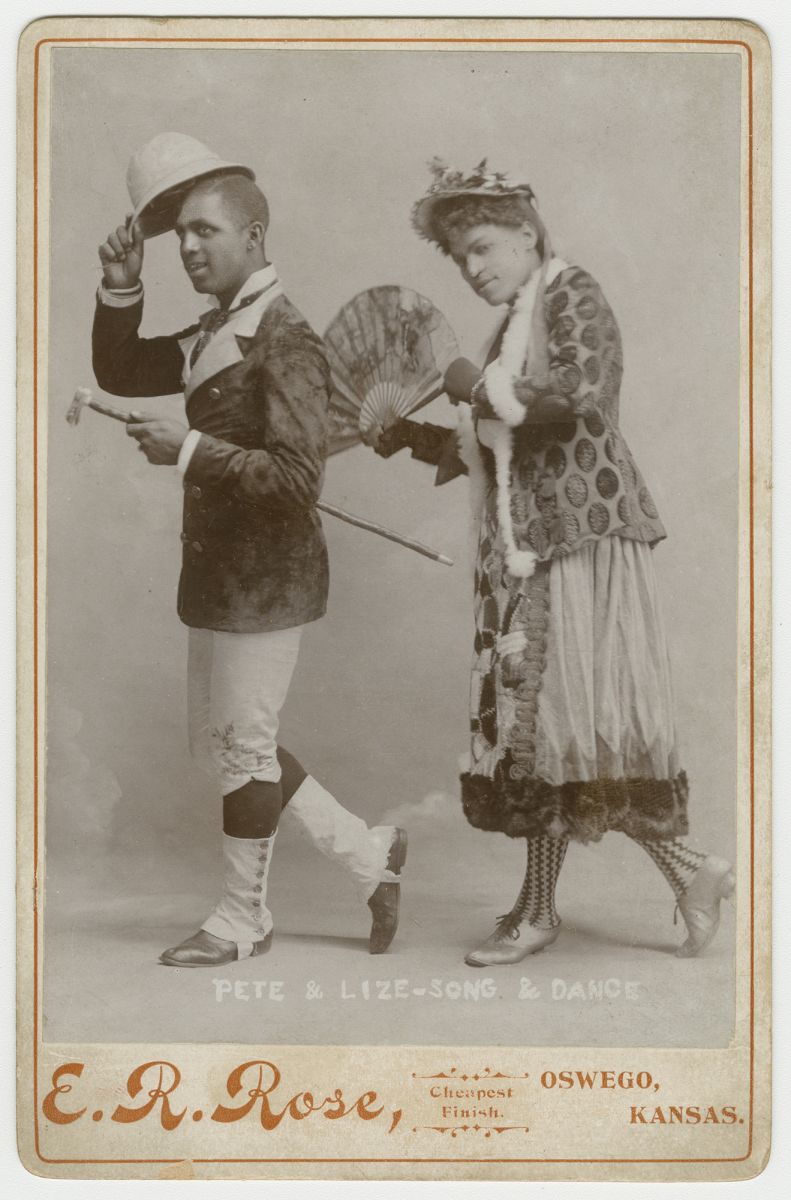
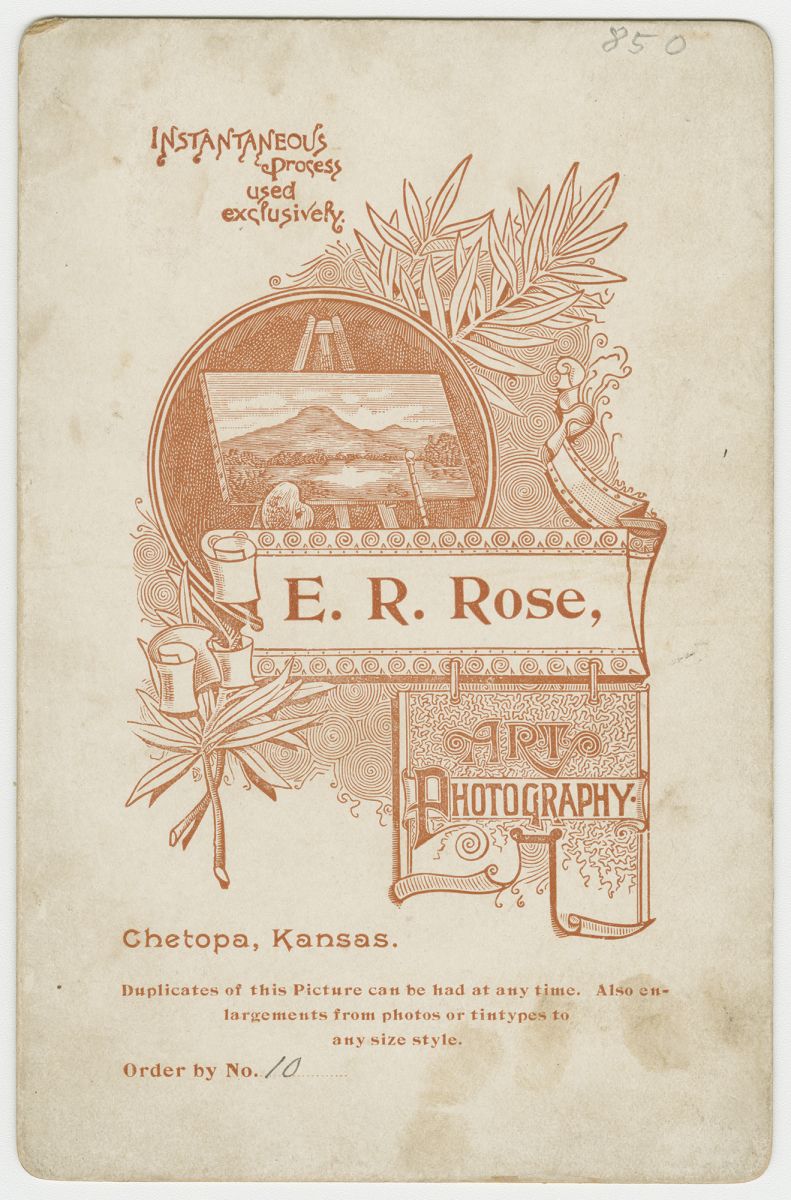
For now, this is where our stories end. While it is possible to surmise and make educated guesses, the extant information will not reveal why Eddie B. Love chose to perform as Lize. Similarly, we do not know how or if Jim Dansby recovered from the horrors he experienced at Camp Shelby, or why his relationship with Gertha ended in 1947. Yet these known unknowns should not stop us from bringing their lives to the fore. Indeed, it should encourage us to ask more questions.
[1] Correspondence from Jim Dansby to Gertha Sykes Collins, 6 November 1942, Mss. Acc. 2011.487, Box 1, Gertha Sykes Collins Papers, Special Collections Research Center, Swem Library, College of William and Mary, Williamsburg, Virginia, USA.
[2] Abbott, Lynn, Seroff, Doug, and Seroff, Doug. Out of Sight : The Rise of African American Popular Music, 1889-1895, 403. Jackson: University Press of Mississippi, 2009. Accessed February 25, 2021. ProQuest Ebook Central.
[3] Pleasanton Observer-Enterprise (Pleasanton, Kansas), Saturday Dec 9, 1893, Page 3.
[4] The Manchester News (Manchester, Kansas), Thursday Apr 29, 1897, Page 4.
[5] Ullman, Sharon R. “’The Twentieth Century Way’: Female Impersonation and Sexual Practice in Turn-of-the-Century America.” Journal of the History of Sexuality 5, no. 4 (1995): 573-600, 578. Accessed February 25, 2021. http://www.jstor.org/stable/4617203.
[6] Ibid.
[7] Toll, Robert C. Blacking up : The Minstrel Show in Nineteenth Century America. New York: Oxford University Press, 1974, 139-145. The book offers a background of female impersonators in minstrel shows but does not consider their agency or private lives.
[8] Ullman, 591-591.
[9] Hartman, Saidiya. "Venus in Two Acts." Small Axe 12, no. 2 (2008): 1-14, 13.
[10] Ibid, 12.

